CASSI 2022 Summer Student Profiles
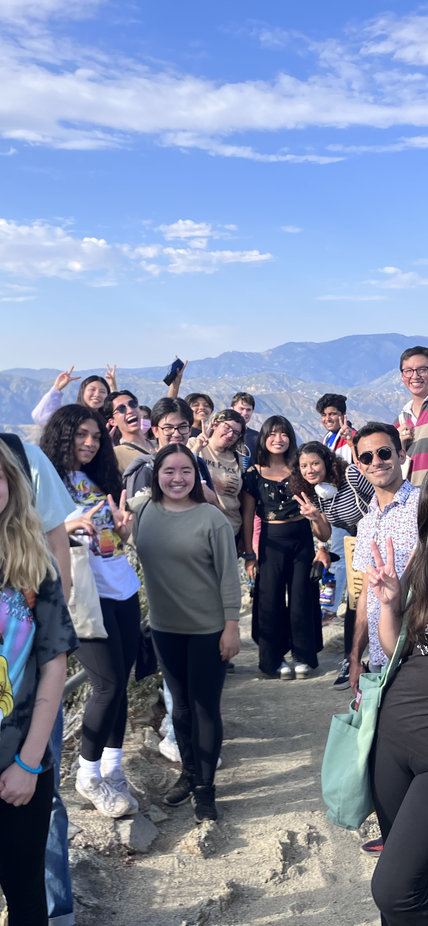
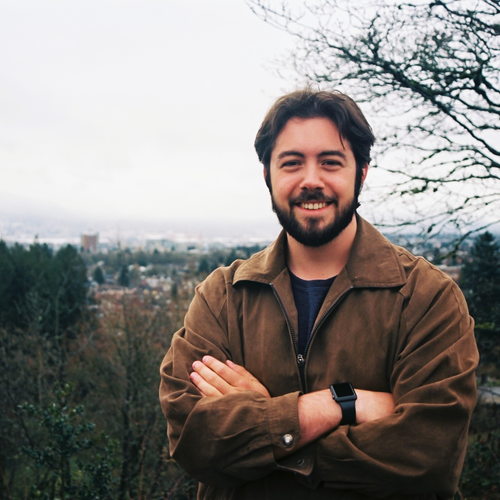
Rafael Stavros Cottom - Santa Barbara City College
- Research Program: Over the summer of 2022, I worked with Dr. Erika Holmbeck on deriving the initial mass distribution of Population III (Pop. III) stars by analyzing the spectra of a group of metal-poor Pop. II stars. I studied the abundances of a Chemodynamically Tagged Group (CDTG) which shares, amongst other features, significantly similar dynamical properties and metallicities ([Fe/H]), suggesting common ancestry, as they were likely stars of an extinct minor galaxy. Most of the stars in the CDTG were enriched by the death of a progenitor star of approximately 26M⊙, which either implies enrichment by a single event, or that the distribution of the progenitor Pop. III stars was strongly peaked at 26M⊙.
- Why CASSI? I chose to apply for the Carnegie Astrophysics Summer Student Internship because I wanted to be a part of the fascinating research taking place at Carnegie Observatories.
- What I Learned: Through my ten weeks with CASSI, I learned a great many things. One vital lesson I received was to be proactive and reach out to those I wish to work with or pose a question to.
- Favorite Experience: The most enjoyable and memorable part of my summer was speaking to and learning from my mentor and other astronomers!
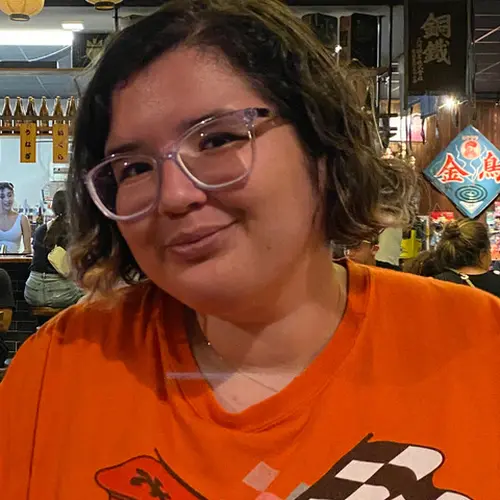
Sofia Covarrubias - California State University, Los Angeles
- Research Program: I worked with Henrique Reggiani to create an updated line list for beryllium abundances in solar twins. By creating a line list capable of reproducing the observed beryllium region of the Solar spectrum, we can get a more accurate representation of how stars with a similar structure actually deplete Be as they age. I worked on beryllium regions because we do not yet have a reliable model for expected Be abundances in solar twins relative to their age, and studying how stars deplete elements can help us better understand internal mixing.
- Why CASSI? I had internships at universities before, and I wanted to see what a private research institution like Carnegie was like, not only out of curiosity but also for career planning.
- What I Learned? I learned a lot from the CASSI program, but the most beneficial for me personally was the community and connections I made. Everyone who was involved in CASSI, both mentors and guest speakers, were extremely welcoming and supportive, I definitely gained some confidence in reaching out for help.
- Favorite Experience: I really enjoyed the trip to the Mount Wilson Observatory, not only using the telescopes but also the history that we learned about the facility. It was also fun just driving up there and seeing the view, especially when you’re with so many other great people.
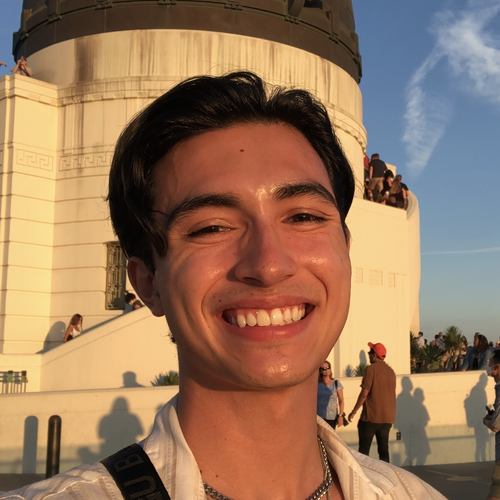
Donavon Evans - San Francisco State University
- Research Program: Over the summer, my research project involved making predictions for the number of gravitational wave sources that LISA should be able to detect from globular clusters within the Milky Way and M87 once it's been launched. My research mentor, Kyle Kremer, and I utilized a catalog of globular cluster models created through Monte Carlo simulations to form our predictions. By the end of the summer, we predicted that LISA should expect three resolvable sources within the Milky Way and zero resolvable sources in M87.
- Why CASSI? After doing some research about the institute, I chose this summer program because of all the astronomical history that has taken place at Carnegie Observatories. The legacy that Carnegie Observatories holds and the scientists that once did research there made it all the more enticing.
- What I Learned: The most important lesson that I took away from the CASSI program is that I'm definitely capable of doing scientific research despite the imposter syndrome that many of us face within the scientific community. This summer research experience has confirmed my love for astronomy as a career path and given me the confidence to finally consider myself a scientist.
- Favorite Experience: Going to Mount Wilson and looking through the 100-inch telescope and seeing the ring nebula among many other astronomical objects was definitely the most memorable experience I had during the program. I'll never forget how we played music, drank hot cocoa, and danced while taking turns looking at different targets through the 100-inch.
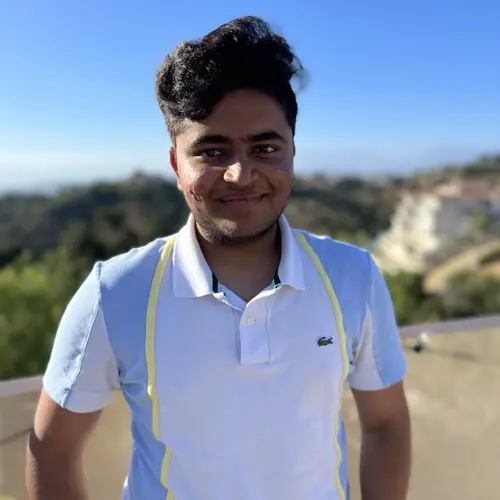
Bhavya Gupta - UC San Diego
- Research Program: My project in the summer dealt with analyzing far-IR [O III] and [C II] emissions using the SOFIA telescope in highly-ionized local galaxies. The driving question was do we see local analogs to be elevated in [O III] compared to [C II], similar to the high-redshift systems (z > 6). We studied the emission of [O III] and [C II], strong nebular lines, from the Interstellar Medium (ISM) and analyzed it with the star-formation rate (SFR) and metallicity of local analogs.
- Why CASSI? I chose the CASSI program for summer research because it would place me on the path to following my passion for finding out the unknowns of our universe. The program also enabled me to bring in my critical thinking to tackle the challenges.
- What I Learned: There were a few lessons I learned through the program, I developed major skills like technical and creative skills, project management, and communication which would definitely be helpful in the future when I would pursue my career as a researcher. Through the program, I was also able to get more comfortable with presenting my research to a group of audience.
- Favorite Experience: For me, the most fun experience at Carnegie Observatory was when we went to Mount Wilson Observatory to use the 60-inch and the 100-inch telescope. It was a very fun experience because not only we saw the telescopes, we were able to see the solar telescope and the sunset through it.
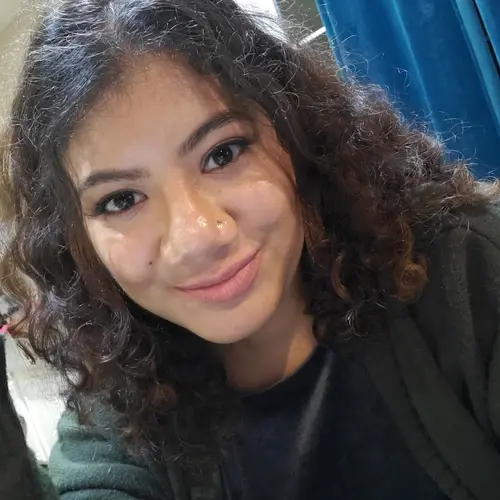
Desiree Harvell - California State University San Bernardino
- Research Program: My topic was "Seeking Hidden Helium in Type lc supernovae". This research is based on investigating the "hidden helium" theory in which claims there is a chance that there may be helium contained in type Ic supernovae ejecta, that is not showing up on the spectrum due to a lack of excited photons. It is important to note that type Ib supernovae contain helium on their spectrum while type Ic do not. We were able to derive results from simulated type Ib supernovae ejecta data and create synthetic spectra that look a bit more like type Ic by changing the distribution of radioactive nickel.
- Why CASSI? I chose this program for a chance to get some python coding experience as well as indulge in exploring a subject I enjoy. The program seemed really inviting as there were many social events and the location of the Carnegie Observatory is a historical site where groundbreaking astronomy research has been taking place for over 100 years!
- What I Learned: The primary lesson I got from being in the CASSI program was to get out of my comfort zone a bit more. I have a fear of driving on mountains but I knew I couldn't miss an opportunity to observe at Mt. Wilson, so I carpooled and It was absolutely amazing. I used to get a bit nervous socializing at times in big groups but I found that it's quite fun, and the social events were some of my most fond memories there.
- Favorite Experience: The experience I found the most fun was the incredible trip to Mt.Wilson to observe using the 100 inch telescope. My mind was absolutely blown, plus we got to dance to some good music while we all waited!
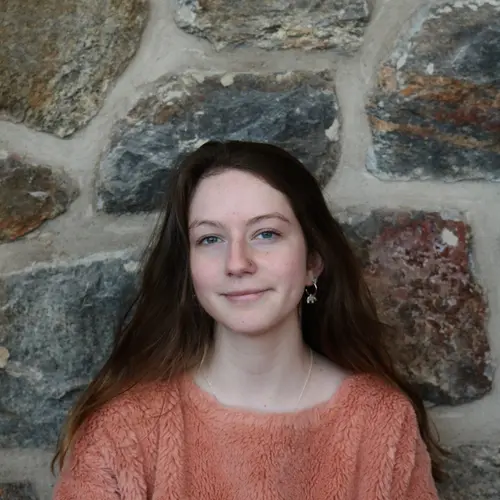
Ella Hort - Pomona College
- Research Program: Last summer, I used optical spectra to analyze faint radio galaxies. Faint radio galaxies are an interesting astronomical object to learn more about because they are a dust unbiased tracer of the star formation rate of a galaxy, and therefore can actually be used to trace the star formation history of the universe! Astronomers only recently became able to detect these faint radio galaxies, so very little about them is known overall. My mentor and I worked to analyze their optical spectra to try to make determinations about their star formation rate, whether they contained an active galactic nuclei, their distance from us, and whether they are elliptical, spiral, or irregular.
- Why CASSI? I chose this summer program for several reasons! One was that I had a few friends and peers from my college that had done CASSI in previous summers and had a wonderful experience. Additionally, I really loved the way CASSI put emphasis on the program not just being about doing the research itself, but also about learning more about working in this field, networking, and improving skills that would be helpful in the long-term of our careers as scientists!
- What I Learned: I think the primary thing I took away from CASSI was how collaborative all research--but in this case, specifically astronomy research--is in order for it to be successful. The work we did would have been impossible to accomplish without so many members of the Carnegie community. Research is something that's impossible to do on your own, and doing it with peers and mentors that are supportive makes it so much more worthwhile.
- Favorite Experience: The most memorable part of the program was definitely our trip to Mount Wilson! It was so incredible to get to visit (and actually observe at) a place with so much history! That was definitely my favorite thing we did, but also the thing I'll remember most vividly for the rest of my life. Aside from that, one of the most fun parts of the program was just getting to live and interact with all the other CASSI interns. I met some of my best friends doing this program, and I had such an amazing time making memories with them last summer!
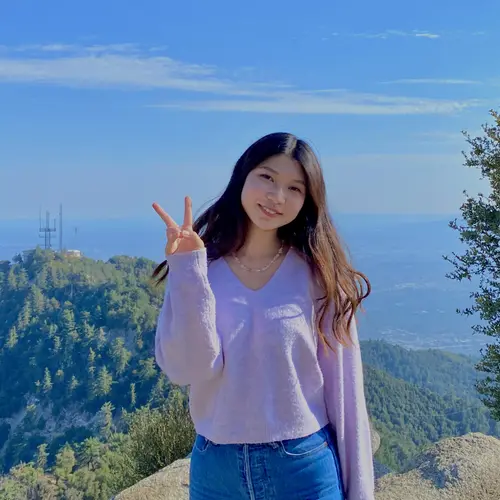
Tiffany Liou - UC San Diego
- Research Program: Over the summer at CASSI, I worked with my mentor Josh Simon on measuring dark matter subhalos using stellar streams. We looked at N-body simulations of different scenarios of Lambda Cold Dark Matter subhalos passing through the GD-1 and Palomar 5 streams. This allows us to see what happens when a subhalo perturbs a stellar stream. We found that subhalo interactions cause a gap in the stream’s stellar density and an increase in the stream’s width and velocity dispersion. The most significant perturbations come from higher mass subhalos ( > 108 MSun ) and subhalos with greater velocity kicks (> 0.5 km/s).
- Why CASSI? I chose this program because the topics of exploration were diverse. The broad range of knowledge, from machine shop learning to galactic evolution, were very intellectually stimulating. I loved listening to the projects of other students and learning about what all the staff astronomers do on a daily basis.
- What I Learned: Through collaborating with everyone at CASSI, I learned how to become more curious and how to ask good questions.
- Favorite Experience: From late night food runs with CASSI interns, to visiting Mt. Wilson Observatories, CASSI has been a great experience for learning and making new friends!
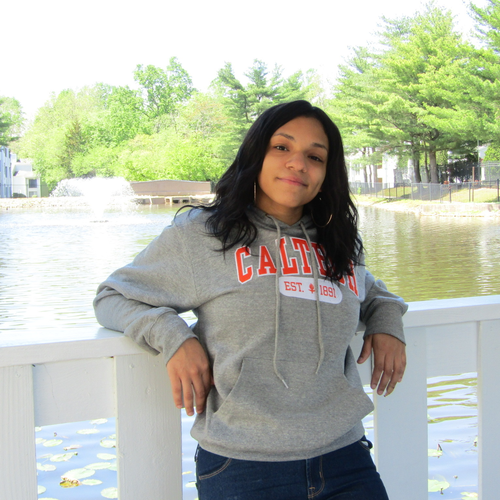
Alycia Lipscomb - Caltech
- Research Program: Last summer I worked with Caltech postdoctoral fellow, Alicia Lanz, on a subset of the Magellan Infrared Multi-Object Spectrograph (MIRMOS) project. The goal of my research was to verify the reliability of epoxy bonds via tensile and shear pull tests. With these results in mind, the MIRMOS team would look into a bonded-flexure mount design to hold the lenses of the spectrograph in place.
- Why CASSI? My motivation for choosing to work on MIRMOS stems from my love of engineering and astronomy. Not only would I have real-world experience of the engineering process, but I also felt like I could become better-versed in the world of astronomy from my own research and that of my fellow interns.
- What I Learned: The primary lesson I’d learned from CASSI was the broad skill set of astronomers. Astronomy isn’t just star formations. It’s computer science, engineering, material science, physics, mathematics, art, and so much more. Astronomy is essentially the intersection of all things STEAM and holds high importance to all fields.
- Favorite Experience: My favorite memory from this summer was the Mount Wilson trip. Not only was it amazing to hang out with my interning peers and get to know them on a different level, but I also got to see the place where so much history had occurred.
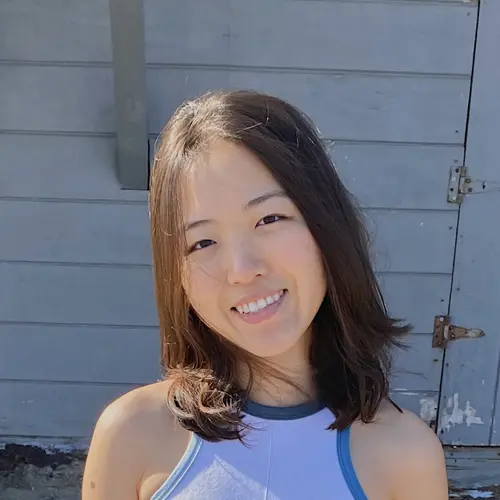
Ellen Min - Caltech
- Research Program: I worked with an open source galaxy modeling software called GALACTICUS, which is mostly written in a language called Fortran. I helped develop Python modules to make this software accessible for more users. I also worked on visualizing the data outputted by GALACTICUS and making Jupyter notebooks that streamlined current GALACTICUS tutorials.
- Why CASSI? I chose this summer program to participate in research at the intersection of computer science and astrophysics, which I knew very little about. I wanted to see how coding can be used in a setting other than purely tech-oriented software engineering and be in a more interdisciplinary environment.
- What I Learned: I learned a lot and contributed some work to GALACTICUS with the help of my mentors, which was very rewarding. I think what I enjoyed the most was meeting and getting to know all the other CASSI interns, who came from different schools around the state. This was the first time having such an engaging in-person research experience, as the past two years have been mostly remote due to covid. Gwen made sure that we had a lot of opportunities to get to know each other, and there were many events outside of just research that were really helpful.
- Favorite Experience: My favorite experience having dinner with all the CASSI interns on the last day. We got takeout and ate on the lawn outside of the Beckman Auditorium at Caltech after having our final presentations. It was really nice to be able to see what everyone worked on over the summer and celebrate together.
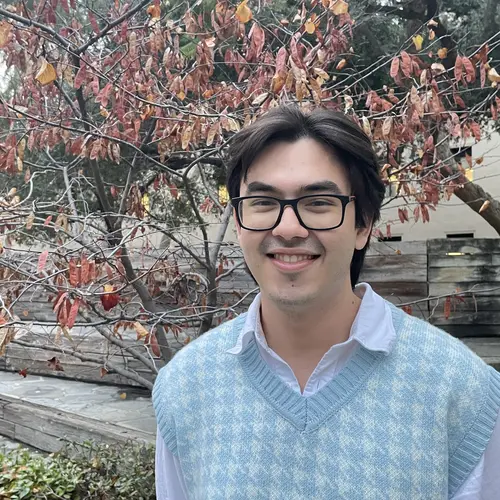
Juan Quiroz - Caltech
- Research Program: I worked with Andrew Benson and Ethan Nadler in modeling the effects of Dark Matter decays. In the decaying dark matter model, a massive dark matter particle decays into less massive daughter particles. Decaying dark matter can potentially fix some of the problems with the current cold dark matter model. Our goal was to expand GALACTICUS, a semi-analytic model for galaxy formation and evolution, to model the effects of the decays on the density profile of isolated halos and subhalo population calculations.
- Why CASSI? I saw the project on the announcements of opportunity for Caltech SURF. I thought it sounded very interesting and talked to my mentor (Ethan) to see if I could work on it.
- What I Learned: The most important thing I learned was how to communicate my research properly. The writing and oral presentations workshops were really helpful along with feedback from the staff.
- Favorite Experience: Getting to know people from other schools and hearing about their research interests.
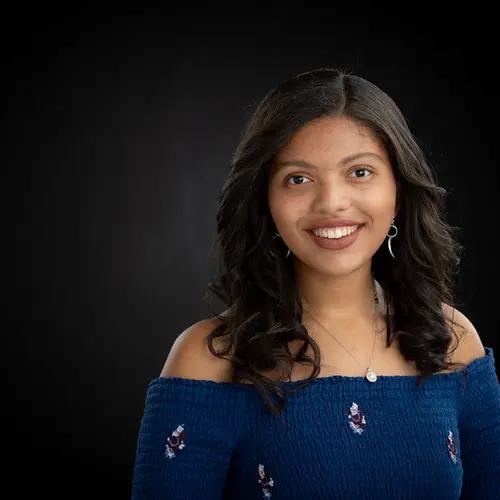
Anaelle (Elle) Roc - Pomona College
- Research Program: I worked with Dr. Ylva Götberg on a theoretical project in which I predicted the nebular emission of massive stars stripped in binaries. These helium-rich stars are so hot and dense that they emit in the ionizing regime, and are even energetic enough to fully ionize helium, possibly creating parsec-ordered He2+ ionized bubbles around them. This is exciting because currently in astrophysics, there is a mystery—throughout both local and redshifted galaxies, there is significant unattributed HeII emission, and if stripped stars end up being as abundant as Ylva predicts, they may play a large role in beginning to solve this mystery! As Carnegie’s SWIFT survey continues, and we find more stripped stars, we can observe whether these bubbles exist, or if this ionized has has escaped into the interstellar medium!
- Why CASSI? I had recently switched my major to astrophysics, and I knew nothing about what a true career as a research scientist was like, so I wanted to gain hands-on experience with an amazing mentor. I specifically chose Carnegie’s program because of the vast student resources, testimonials from alumni, and the roster of incredible scientists with whom I would be working!
- What I Learned: Besides the technical lessons I learned (including how to use Unix, how to search for graduate school, and that much more goes into a good abstract than I initially thought), I learned the art of asking a good question, how to communicate science effectively, and that it does not take an expert in a field to be able to do good science. And the latter lesson, surrounded by such encouraging mentors and peers, taught me a confidence that I don’t think I could have gained otherwise: that my science and scientific journey are both valid and valuable, and that I am capable of making a difference in this field. It sparked a positive feedback loop that enabled me to speak to other scientists at the AAS conference in a manner that benefitted the science of both parties!
- Favorite Experience: I will never forget the night we spent on Mount Wilson, touring the facility and eventually observing (with an eyepiece!) using the iconic 100-inch telescope. Illuminated by red lights, we all bonded within that dome, catching a final glimpse of the sunset from the service walk, and then taking turns viewing our favorite stars and galaxies with snacks, cocoa, and the occasional dance break. I have made friends and colleagues that I am confident will last, which we only further solidified at AAS 241.
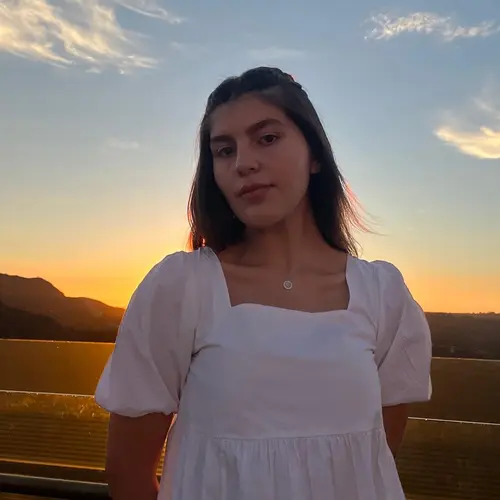
Brigette Segovia - UC San Diego
- Research Program: I worked with Ana Bonaca on detecting dark matter using stellar streams. I was provided with a high resolution simulation of dark matter subhalos which then I used to trace back the trajectory of these dark matter subhalos and compare it to the trajectory of stellar streams in our sky. I found the smallest relative distance between the streams and subhalos and reduced this information with other relevant measurements such as an apocenter approximation which was also calculated by me.
- Why CASSI? I chose to work under tha CASSI internship because it seemed like an amazing opportunity to work somewhere that was not a purely academic setting such as a college. CASSI also ignited my passion for astronomy even more and provided me with opportunities to learn more about the history of astronomy which is something not easily found elsewhere.
- What I Learned: Being in the CASSI program, it taught me that astronomy is not purely physics and there is so much in the field that is left unknown. There is a lot to explore as an astronomer and the universe is a never ending phenomena full of unknowns.
- Favorite Experience: For me, the most memorable experience I had was when me and three other interns were standing outside of the 100 inch telescope and we got to see a shooting star right after we all said we wanted to see one since some of us had never before.
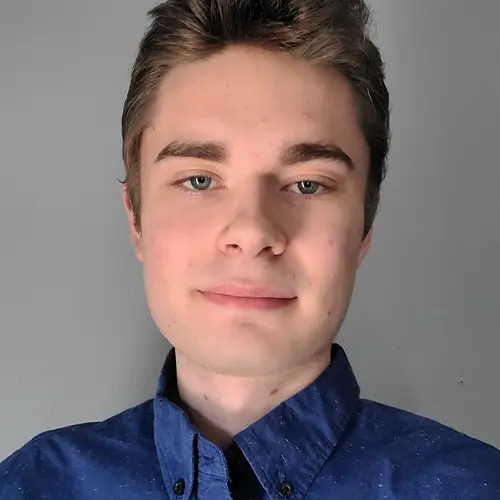
Ben Snyder - Cal Poly Pomona
- Research Program: Last summer, I worked with Fakhri Zahedy studying the gas which surrounds galaxies using lensed quasars. I used high-resolution spectra of multiply-lensed quasars along with MUSE datacubes to explore the relationship between galaxy environment and the presence of cool circumgalactic gas. We are finding that galaxies in denser environments tend to have less cool gas near them, which could have implications for our understanding of how galaxies evolve and why they stop forming stars.
- Why CASSI? I was a part of CASSI the previous summer, and I had a great experience. I wanted to continue my project.
- What I Learned: In-person collaboration is important for community building, and support from a community is important to the pursuit of doing good science.\
- Favorite Experience: The trip to Mt. Wilson was most memorable. From seeing the sunset through a solar telescope to looking through the 100-inch telescope to gazing out at the city from its catwalk, that was a night to remember.
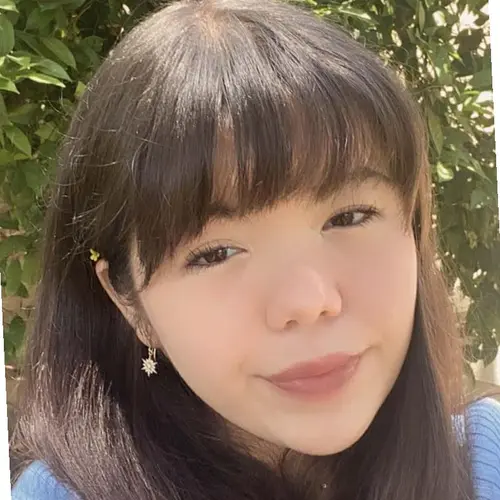
Ema Vo - UC Riverside
- Research Program: During my summer at Carnegie Observatories, I worked with Drew Newman on using data from his survey LATIS to map out protoclusters. Using flux densities and some python coding, I made 2D flux maps around the protoclusters found with LATIS. While looking at the flux density around these protoclusters, I was able to observe a phenomenon called the "Kaiser Effect" where the map of the flux around the protoclusters looks elliptical in shape when in reality, it should be more circular. This is a result of the redshift that affects the light waves coming from the dense protoclusters.
- Why CASSI? I chose this program to get more field experience under my belt and to see what it felt like to be a research physicist outside of what I saw at my university.
- What I Learned: The biggest lesson I learned over the summer can be summed up to what being a physicist looks like on a close-up, day to day view. It helped me solidify my love for what I study and got me excited for my future where I hope to become like many of the mentors at the CASSI program. I got to feel like a real astrophysicist for a summer, and now I can't wait to be one!
- Favorite Experience: The most fun and memorable experience was definitely staying at the Mt. Wilson observatory and getting to look through the 100-inch telescope. It was truly a life changing experience that I will never forget. I also have to say that meeting the other CASSI interns was also a very fun experience. I walked out of the program with some of my best friends who mean the world (or should I say the universe) to me and I am so grateful to have shared the CASSI experience with them.
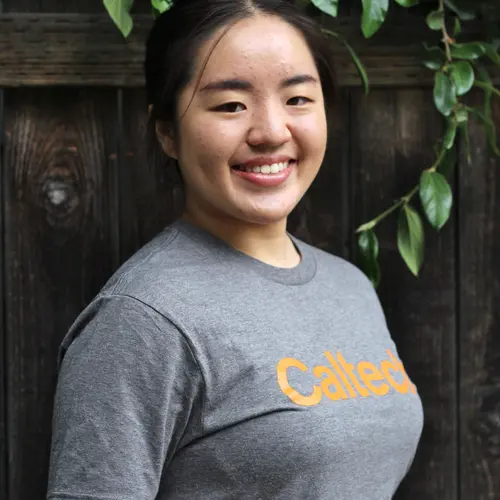
Sylvia Wang - Caltech
- Research Program: I created models of M31’s last significant merger using Gala (Price-Whelan et. al), a galactic dynamics Python package. These models were produced with varying parameters such as mass of the host galaxy, satellite galaxy, and time since the initial collision. By comparing the positions and velocities of particles in the models (stars) to observed positions and velocities of stars in M31’s tidal shell system, I was able to constrain the parameters of the models.
- Why CASSI? I really enjoy astronomy and I liked that my college (Caltech) had a joint summer program with CASSI where I could do astronomy research with many other students also doing research in various topics in astronomy. I also heard many positive experiences from Caltech astronomy students in the years above me who participated in CASSI.
- What I Learned: Although I’m not currently majoring in astronomy, I realized that other fields have many applications in astronomy. I was able to meet people at Carnegie Observatories who worked on instrumentation and I’m now interested in potentially working on radio telescopes.
- Favorite Experience: I had a lot of fun visiting the Mt. Wilson Observatory with the other CASSI interns. It felt incredible to physically observe through the large observatory telescopes and I really enjoyed touring the observatory.
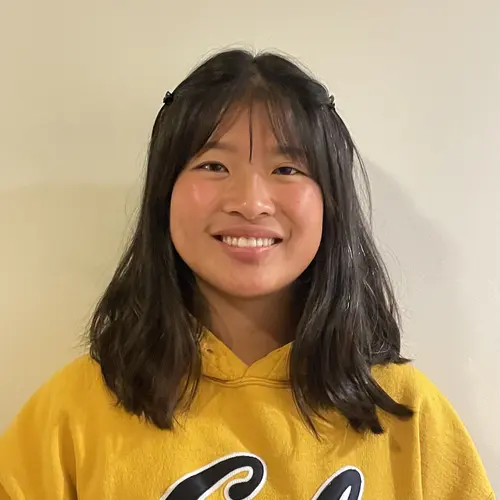
Amelia Zhao - Pomona College
- Research Program: My research last summer consisted of learning more about the ISM (interstellar medium) properties of some of the first galaxies. We used an analytic OIII emission model developed by my research mentor, and applied this model to IllustrisTNG and FIRE, two large cosmological simulations. With our results, we hope to make better predictions about the gas density and metallicity of faraway galaxies based on their OIII emission given by observations from ALMA and JWST.
- Why CASSI? I chose this summer program because I was interested in exploring whether I wanted to pursue astrophysics research in the future, and this was a really unique opportunity to work in a space focused solely on astronomy/astrophysics. Also, it was highly recommended to me by past CASSI interns :)
- What I Learned: The primary lesson that I took away from the CASSI program is that scientific research is a process which involves communicating with other scientists just as much as writing code or observing through telescopes. CASSI did a great job of stepping us through scientific writing and presenting, and emphasizing how important it is to be able to communicate our work clearly and concisely. We also got many examples of scientific communication through a variety of presentations from Carnegie postdocs/staff scientists.
- Favorite Experience: My most memorable experience was the entire Mt.Wilson trip--getting to see solar observations being done by hand and getting to observe myself!